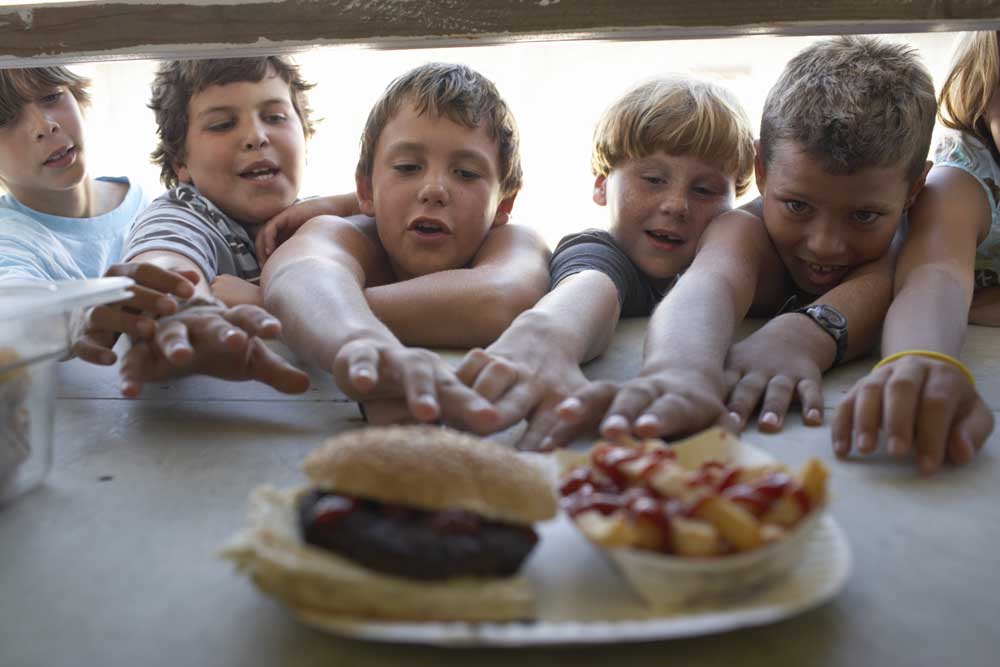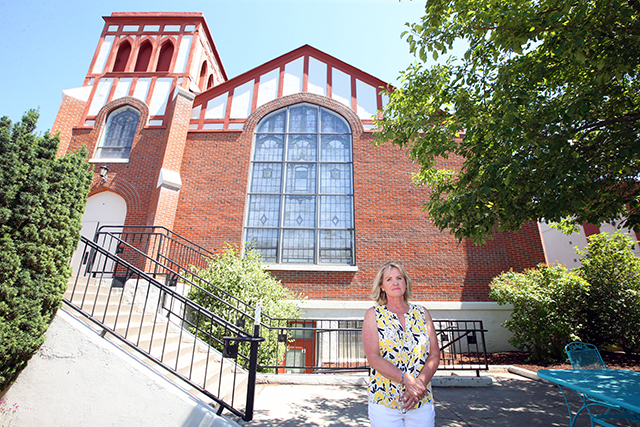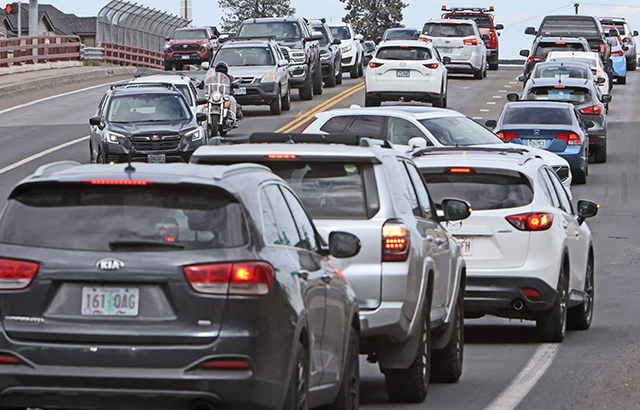Janet Stevens column: Crook County doesn’t have absurdly high food prices
Published 12:00 am Friday, February 23, 2018

- (Thinkstock)
Statistics can be deceiving. Unless you understand what went into them, it’s awfully easy to misunderstand what’s come out.
That’s what appears to have happened with the most recent Map the Meal Gap map from Feeding America. Take the map at face value, and it appears that Crook County residents have the highest per-meal cost in the United States.
Trending
A recent television story on that “fact” caught the eye of the folks at NeighborImpact, and it didn’t seem right, so much so that they began to look into it.
Feeding America is, by the way, a great organization that does good work around this country. It is the nation’s largest domestic hunger-relief organization, and members of its network of 200 food banks feed people all over the United States. The Oregon Food Bank is one of its members, and it supplies food across Oregon, including to the food bank run by NeighborImpact.
In turn, NeighborImpact supplies food to a variety of agencies in all three Central Oregon counties, from the Family Kitchen in downtown Bend to food pantries in nearly every community in the region.
According to the Map the Meal Gap map, Crook County residents pay, on average, $5.61 per meal. Here in Deschutes County, the map says, residents pay $3.24 per meal, and in Jefferson County, they pay $3.34.
If those numbers are accurate, they’re stunning. And they raise a serious question: Why would food in a town 36 miles from Bend be so much more expensive than it is here or in La Pine or in Madras?
NeighborImpact began looking into it.
Trending
According to Carly Sanders, food program manager at NeighorImpact, the agency did some sleuthing and then contacted Feeding America.
Turns out, the latter didn’t do its research; rather, it contracted with a private company, and that company’s work is proprietary and thus not available to look at.
But, Sanders said, something did turn up. There are three large grocery stores in Prineville — an Erickson’s Thriftway, a Wagner’s Market and a Ray’s Food Place. None of them was contacted by the surveyors whose job it was to collect the information on food costs around the country. That lack leads Sanders to believe that Feed America’s information must have come from the dozen or so convenience stores in the county.
As anyone who’s bought a bag of chips at a gas station knows, food from a convenience store is just about certain to be noticeably more expensive than food from a larger supermarket.
And if that’s what happened, it certainly throws the information on the Map the Meal Gap map into serious question.
That doesn’t mean all Crook County residents are getting the food they need at prices they can afford, of course.
If you live in Paulina or Post, for example, you might — might — be able to cobble together a meal at the general stores in each community, but adequate grocery shopping is to be found only in Prineville, 37.7 miles and 28.6 miles away, respectively.
And if you live in Suplee, the nearest large grocery store is in Burns, more than 60 miles away. To figure food costs fairly, the cost of travel over such distances should be included, I think.
Meanwhile, food services in the county are improving, Sanders says. NeighborImpact recently contracted with the Eastside Church in Prineville to begin a Brown Bag program. It’s the second one in the community, and both provide fresh produce and the like recovered from area groceries.
In addition, there are two food pantries and a senior meal site in Prineville.
Still, having accurate information readily available matters. It matters as NeighborImpact works with agencies in the county to feed those in need and to lessen the food insecurity that can be a problem in the tiny rural communities outside Prineville.
— Janet Stevens is deputy editor of The Bulletin. Contact 541-617-7821, jstevens@bendbulletin.com








